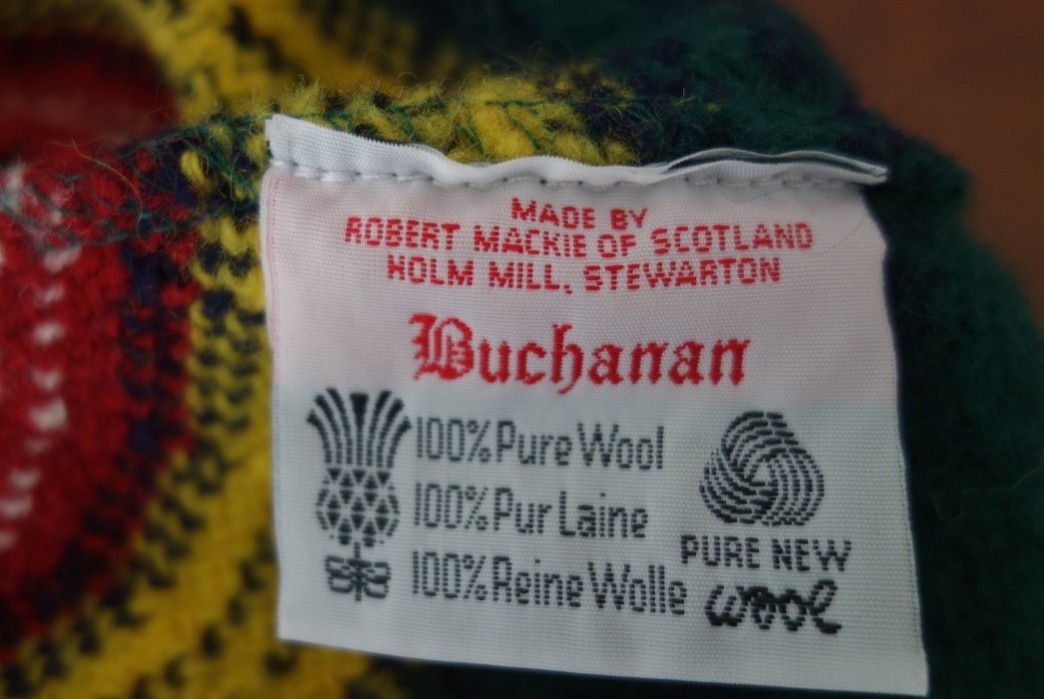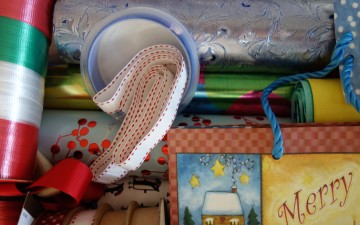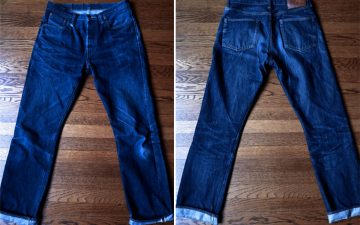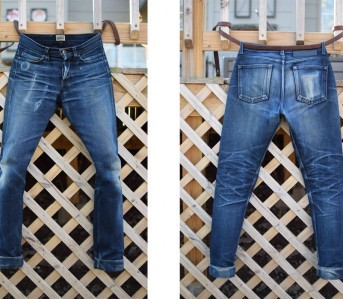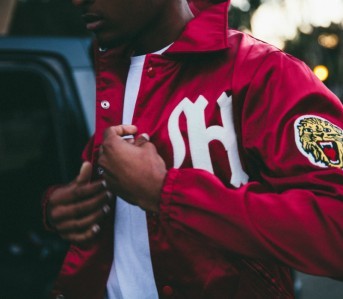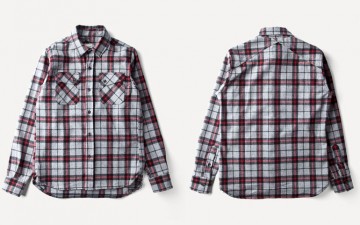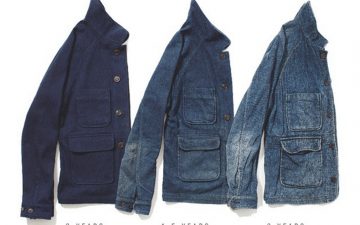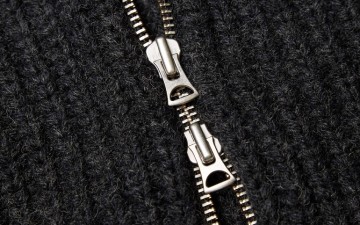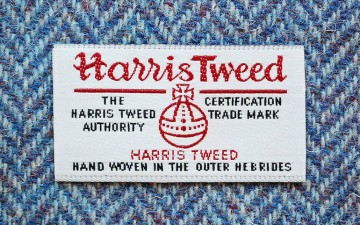Beneath the Surface is a monthly column by Robert Lim that examines the cultural side of heritage fashions.
My guess is that readers of this site love a clothing material that is durable, substantive and utilitarian–whether it’s denim, duck canvas or flannel that comes with a weight. Which brings to mind, why is wool not getting more love? Or simply put: why not wool?
I first started thinking about this several years ago after being blown away by the Buzz Rickson Wool Flannel CPO shirt at Self Edge. It’s made out of high quality wool, warm for its weight and I found it surprisingly easy on the skin. And, like all Buzz Rickson pieces, loaded with great details. I figured it’d be a hit. After seeing it stick around through a winter’s season, I remember asking the Self Edge head honcho Kiya Babzani, “What’s up with that?”
“People are afraid of wool,” he replied. And over the years, I’ve come to agree with that sentiment. I asked him for additional thoughts recently, to which he expanded:
“This is mostly due to the fact that many consumers equate wool with a textile that is itchy feeling and/or a textile that can’t be machine washed. Most consumers want a comfortable garment that is easy to care for, but don’t realize that there are many types of wool – many of which are extremely soft and even machine washable.”
This feels right to me and speaks to a need for further thought and discussion. But before we get to that, I think it’s useful to understand where some of our misperceptions might be coming from.
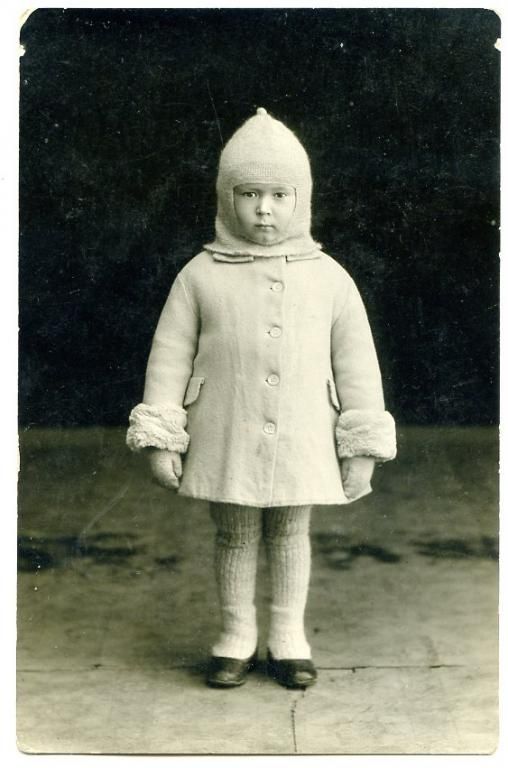
Fig. 2 – Literally head to toe in wool (vintage photograph via Pinterest)
I remember that first, awful, itchy wool sweater my mother bought for me back in the eighties. We were a family of limited means, so I can fully understand that it was unlikely to be premium quality–I’m sure many of you can relate. That, coupled with the fact our house was well insulated meant that wearing a warm sweater wasn’t really a necessity, but that first impression lingered on in my imagination. And I’m sure it continues on today for a new generation of shoppers with wool blended sweaters that don’t do justice to the material (I’m looking at you, impossibly cheap Uniqlo lambswool blend sweater with 30% nylon).
It was years before I understood that there are many kinds of wool–wool is a broadly generic term for a particular textile obtained from a variety of animals. There are certain criteria that distinguishes it from similar things like hair and fur, and those animals could be as diverse as goats, sheep or alpaca. For the purposes of this piece, when I refer to wool, I mean a basic sheep’s wool that can’t be classified as something more specific or expensive (if you’re interested in learning about more, Sierra Trading Post has an excellent primer).
The very first specialty wool I became aware of was cashmere, followed by merino wool in the late nineties (merino wool refers to the wool from the merino sheep). Around that timeframe, the global supply of cashmere met the surge in demand that caused its high price in the eighties, causing its commodity price to fall to the point that even the middle class could afford it. These are wools with a luxurious handfeel, so it’s no surprise that they became popular alternatives to “regular” wool. So much so, that the over-farming of the goats that produce cashmere has created an environmentally disastrous situation.
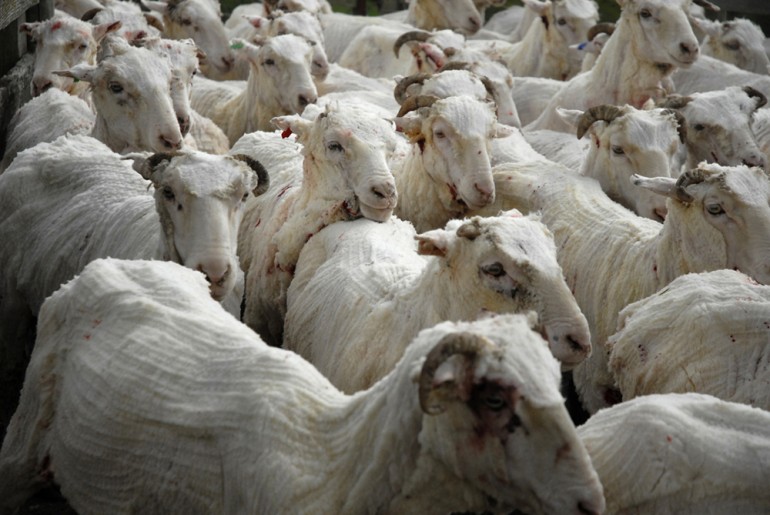
Fig. 3 – Sheared Merino Sheep, 2006 (via Megan Delehanty)
I can totally go to bat for the merits of merino and cashmere–in addition to the general positives of any wool (great warmth for weight, breathable, water resistant, renewable, recyclable), their softness makes for easy wear as a skin-adjacent layer. That said, neither merino wool and cashmere have a natural structure. While that’s great for elasticity (merino in particular is known for this, which is one of the reasons why it’s the natural fiber of choice for outdoors brands), it means that the textile is loose and drapey.
That’s what was so amazing about the Buzz Rickson CPO–it has a pleasant crunch to it and delivers on performance. The shirt was fabricated out of melton wool, which is often used for outerwear due to its wind-resistant finish–making it the ideal candidate for a shirt jacket. And, simply put, wool offers unparalleled structure relative to merino and cashmere–that’s why even finer suiting is made out of wool rather than either the above alternatives.
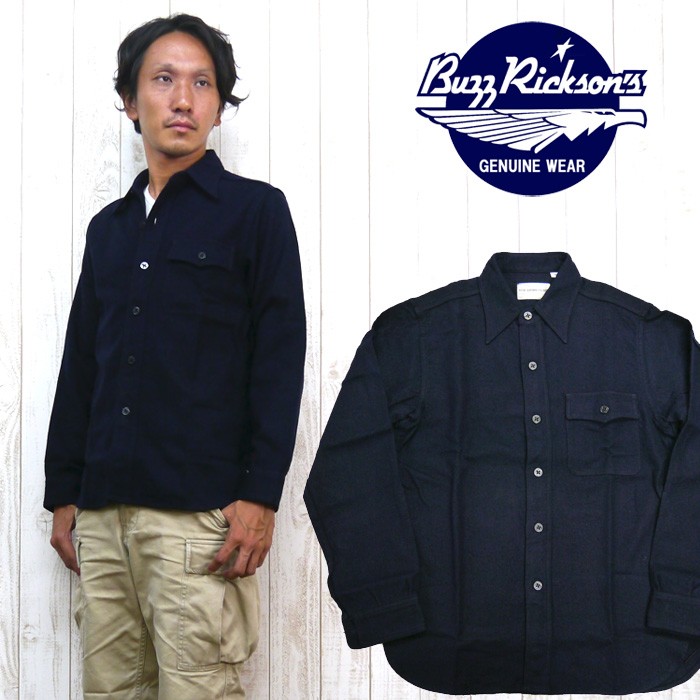
Fig. 4 – Buzz Rickson’s CPO Shirt (via Rakuten’s Earth Market)
So how do you identify high quality wool? I’ve recently seen a few different examples–other than the CPO, Noah has produced an amazing tartan beanie out of Scottish wool–it’s the perfect combination of soft and light.
On the other end of the spectrum, I found an insane deal on a pair of worsted wool dress pants from Lanvin (#workwearthatworks). What they all have in common is being made from virgin (also known as new) wool, which is wool that is being used for the first time – a good thing to keep an eye out for. And, in the case of the beanie and pants, they both bear the Woolmark brand of certification on an inside label.
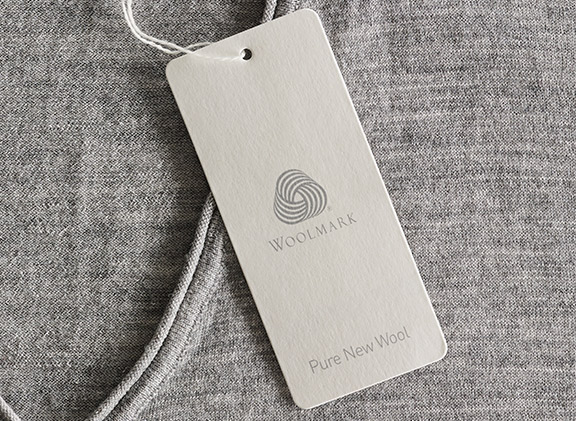
Fig. 5 – Woolmark certification (via woolmark.com)
Woolmark is an Australian trade association dedicated to the advocacy of wool within the fashion industry. And like all trade associations, you should take their claims with a grain of salt. That said, their certification program is a good indicator of a high standard of quality – it wouldn’t do for a trade group trying to promote high quality to endorse something that makes wool look bad. They have made a concerted effort over the past few years to increase global advocacy of wool (they opened a Paris office in 2013, so possibly those Lanvin pants are a result of that), so expect to see their logo on more new apparel to come.
One other thing about sustainability, 100% wool garments are recyclable and biodegradable, but technology does not yet exist to recycle blended wool. I’m very mindful these days of the downstream consequences of my consumption patterns, so I am biased towards purchasing pieces that can be realistically recycled or reused. More on that subject, one of these days.
If this all seems a lot to take in, I see parallels with the basic level of knowledge required to understand raw denim and the physical discomfort that comes with breaking in a pair of heavy loomstate jeans or untreated duck canvas. And to be honest, the affordable luxury of merino and cashmere have probably made us question the value of finer wool pieces. Nonetheless, I am optimistic for the time that we, as a community, reset our expectations of wool and come to appreciate it for what it is.
So, tell me–why not wool?

